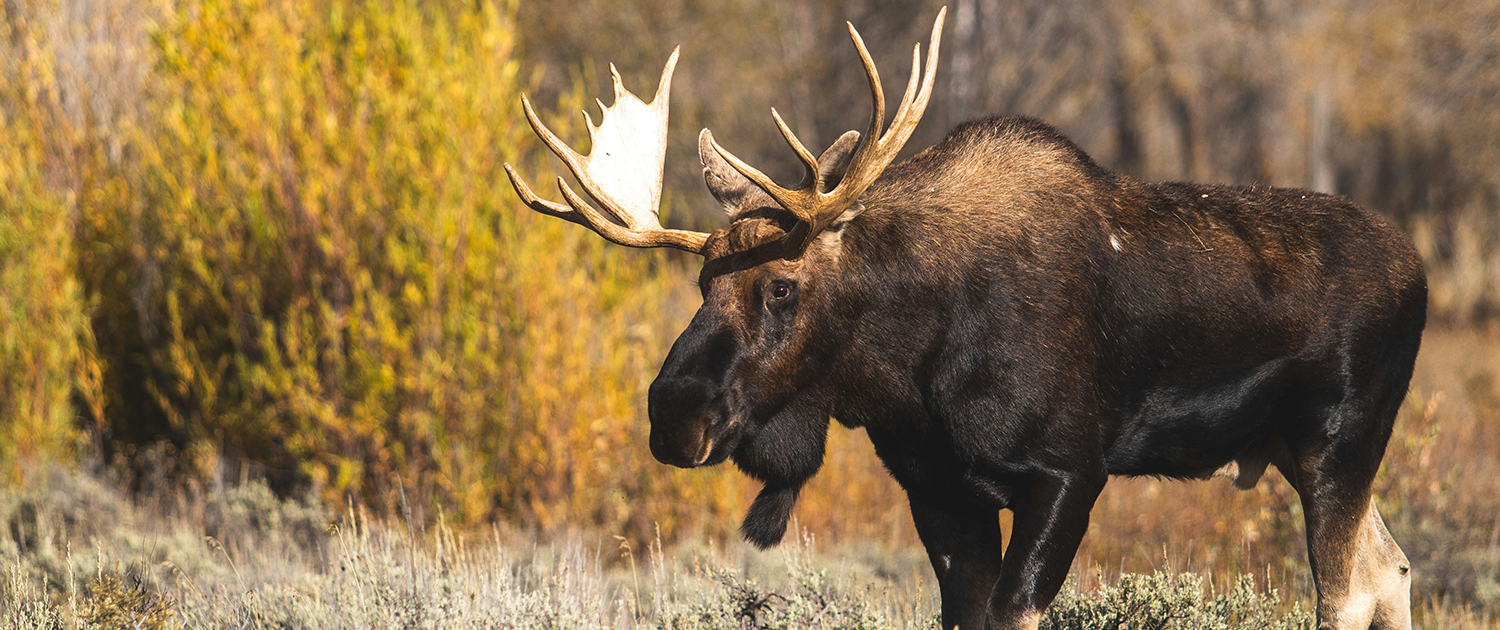The story of ticks and their relationship with wildlife reveals deeper truths about environmental change and ecosystem health. Through generations of careful observation, First Nations hunters like my father and grandfather have understood these complex relationships, reading the landscape and its inhabitants as living indicators of environmental well-being.
Climate’s Shifting Balance: How Warming Winters Transform Tick Ecology
Climate change has dramatically altered the conditions that influence tick populations. Where once hard winters would naturally control tick numbers, milder temperatures and extended spring and fall seasons now allow these parasites to thrive in unprecedented numbers. The shifting patterns of snow cover, earlier spring thaws, and later onset of winter create ideal conditions for tick survival and reproduction. These changes, combined with altered rainfall patterns and temperature fluctuations, have transformed the traditional balance between ticks and their host species.
Silent Suffering: Wildlife Bears the Burden of Increasing Tick Populations
The impact on wildlife, particularly deer and moose, has been profound. These magnificent animals face increasing challenges from heavy tick burdens that cause anemia and compromise their immune systems. Traditional hunters observe deer and moose exhibiting signs of distress – excessive scratching leading to significant hair loss, reduced feeding time as they cope with irritation and overall weakened physical condition. These conditions make them more susceptible to disease and reduce their chances of winter survival.
Moving with Need: Wildlife’s Journey Beyond Traditional Territories
Perhaps most telling are the changes in wildlife movement patterns. As my father noted, moose are now being observed in territories far south of their traditional ranges, a clear indication of environmental stress in their home ecosystems. These shifts in migration patterns and habitat selection reflect deeper disruptions in food sources and ecosystem stability. Animals are being forced to modify their seasonal movements and feeding behaviours, leading to new and sometimes challenging species interactions.

Photo Credit: Zachery Perry, Unsplash
Reading Nature’s Story: Traditional Knowledge as Environmental Baseline
Traditional knowledge, passed down through generations of hunters, provides a crucial context for understanding these changes. Historical observations of wildlife health, seasonal patterns, and animal behaviour offer valuable baseline information against which current changes can be measured. The intimate understanding of environmental warning signs and weather pattern impacts, accumulated through years of careful observation, helps communities anticipate and adapt to these shifts.
Sacred Choices: Traditional Knowledge Guides Food Security Decisions
These changes carry significant implications for food security in communities that rely on traditional hunting. Hunters must adjust their practices, considering the timing of hunts and the quality and safety of the meat they harvest. Traditional knowledge guides these decisions, helping communities apply time-tested protocols while adapting to new challenges. When First Nations Elders like my grandfather speak of seasons when they chose not to harvest certain animals due to health concerns, they demonstrate the sophisticated understanding of environmental relationships that have sustained communities for generations.
Small Teachers, Big Messages: Ticks as Nature’s Warning System
Ticks have become powerful indicators of broader environmental change. Their increasing presence and impact on wildlife populations signal shifts in climate patterns, habitat modifications, and fundamental changes in species relationships. These tiny parasites tell a larger story about environmental imbalances and biological responses to climate change, serving as early warning systems for ecosystem stress.
Stories as Science: Traditional Knowledge Lights the Path Forward
Through this lens, we can better understand how traditional knowledge and careful observation of natural relationships provide crucial insights into environmental change. The stories passed down through generations of hunters, like those shared between my father and grandfather, offer valuable perspectives on how our changing climate affects the delicate balance of life in our ecosystems. These insights, combining historical understanding with current observations, help us better comprehend and respond to the environmental challenges we face today.
By Rye Karonhiowanen Barberstock
(Image Credit for Header Photo: Erik Kartis, Unsplash)

